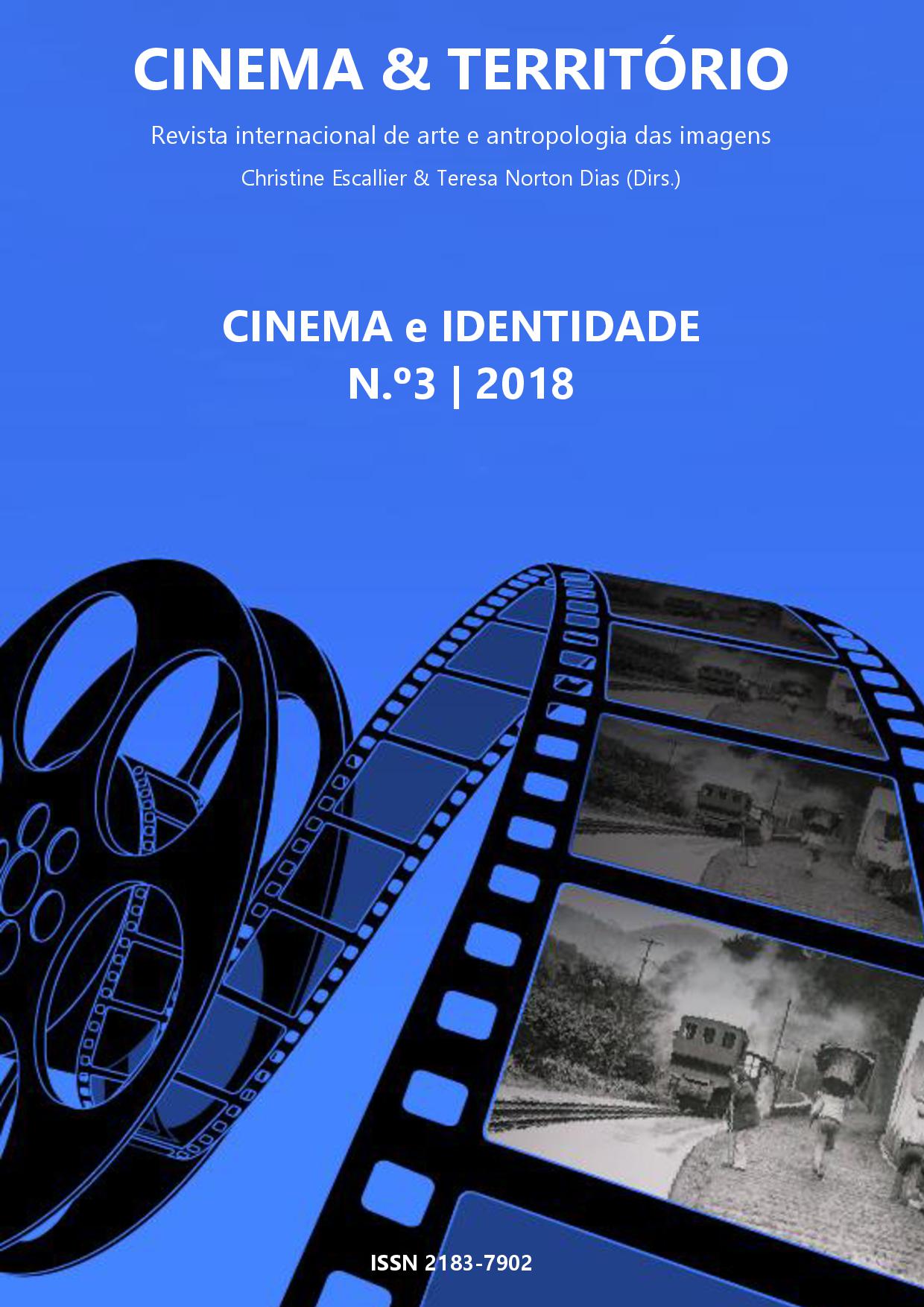The making of the short film "C(elas): maternity, feminist theory and the prison system in Brazil"
DOI:
https://doi.org/10.34640/universidademadeira2018alvesKeywords:
women, prison, maternity, Brazil, documentaryAbstract
The objective of this proposal is to deal with the realization process of the short film Cages, a documentary that deals with the relationship between motherhood and the female prison system in Brazil, based on the experience and the encounter between a set team consisting exclusively of women, in order to address an important theme for feminist theory, maternity, in a specific environment: the nursery of the Feminine Penitentiary of Cariacica, located in the state of Espírito Santo, Brazil. The documentary was scripted and directed by me. The film was built from this meeting between women, especially from their conversations. For the movie crew, listening to what pregnant women and/or with new born children was the main action – what did these women in detention have to say? The data that drove the writing of the plot and the film project was the alarming and continuous growth of the female population in Brazilian prisons in the last fifteen years, which was 567.4%.
References
Ancine (2016). Presença feminina no audiovisual brasileiro. Junho de 2016. Disponível em: <http://www.ancine.gov.br/pt-br/node/19449>. Acesso em: 27/06/2017.
Bordo, S. (1997). O corpo e a reprodução da feminidade: uma apropriação feminista de Foucault. Alison Jaggar & Susan Bordo (eds.). Gênero, corpo, conhecimento. Rio de Janeiro: Rosa dos Tempos, 19-41.
Davis, A. (2017). Como o gênero estrutura o sistema prisional. Prisões são obsoletas? Disponível em: https://medium.com/@solemgemeos/cap%C3%ADtulo-4-dolivroprisões-são-obsoletas-de-angela-davis-b548b39107bd>, acesso em 22/11/2017.
Diniz, D. (2015). Cadeia: relatos sobre mulheres. Rio de Janeiro: Civilização Brasileira.
Foucault, M. (1999). Vigiar e Punir: nascimento da prisão. Petrópolis: Vozes.
Infopen Mulheres. Levantamento nacional de informações penitenciárias. Depen - Departamento Penitenciário Nacional, Ministério da Justiça, Brasil. Presidenta Dilma Rousseff. 2014. Disponível em http://www.justica.gov.br/noticias/estudo-traca-perfil-da-populacaopenitenciariafeminina-no-brasil/relatorio-infopen-mulheres.pdf [17/07/2015]
Lagarde, M. de L R. (2014). Los cautiverios de las mujeres: madresposas, monjas, putas, presas y locas. 5ª edição. México, D.F.: Siglo XXI, UNAM.
Monteiro Garcia-Celay, Mª L. & M. Nieto Navarro (2002). El patriarcado: una estrutura invisible. Julho de 2002. Disponível em https://pt.scribd.com/document/88485809/ElPatriarcado-Estructura-Invisible [23/06/2017]
Penafria, M. (2009). Análise de filmes: conceitos e metodologia(s). In: VI Congresso SOPCOM, Lisboa, 2009. Anais eletrônicos. Lisboa, SOPCOM, 2009. Disponível em: http://www.bocc.uff.br/pag/bocc-penafria-analise.pdf [17/06/2017]
Portal Fiocruz. (2017). Nascer nas prisões: gestação e parto atrás das grades no Brasil. Junho de 2017. Disponível em https://portal.fiocruz.br/pt-br/content/nascernasprisoesgestacao-e-parto-atras-das-grades-no-brasil [03/07/2017]
Queiroz, N. (2015). Presos que menstruam: a brutal vida das mulheres – tratadas como homens – nas prisões brasileiras. Rio de Janeiro: Record.
Downloads
Published
How to Cite
Issue
Section
License
Copyright (c) 2018 Gabriela Santos Alves

This work is licensed under a Creative Commons Attribution-NonCommercial 4.0 International License.
For more information follow the link: CC Atribuição-NãoComercial 4.0








